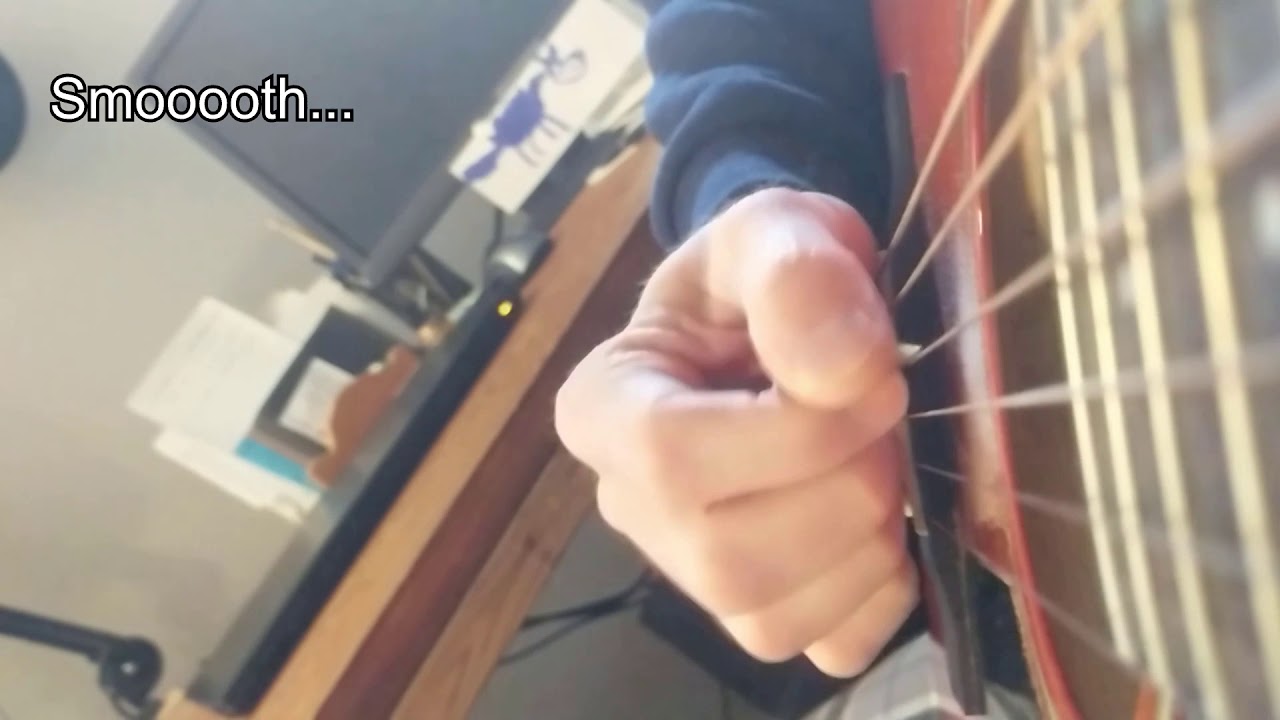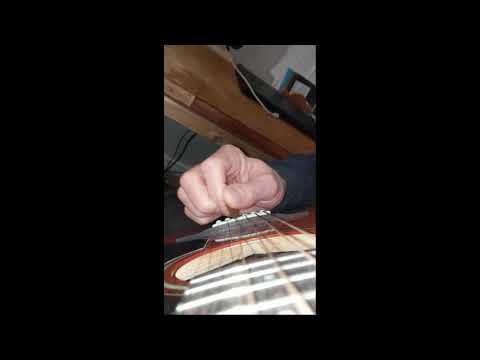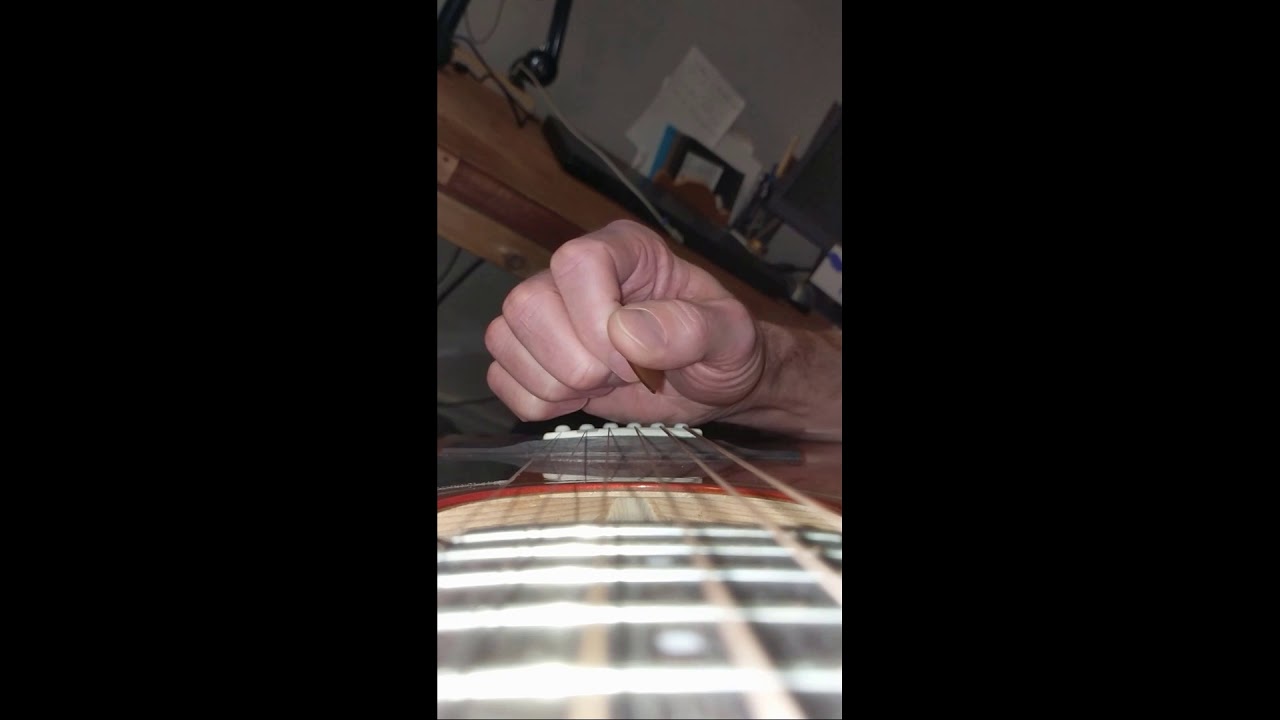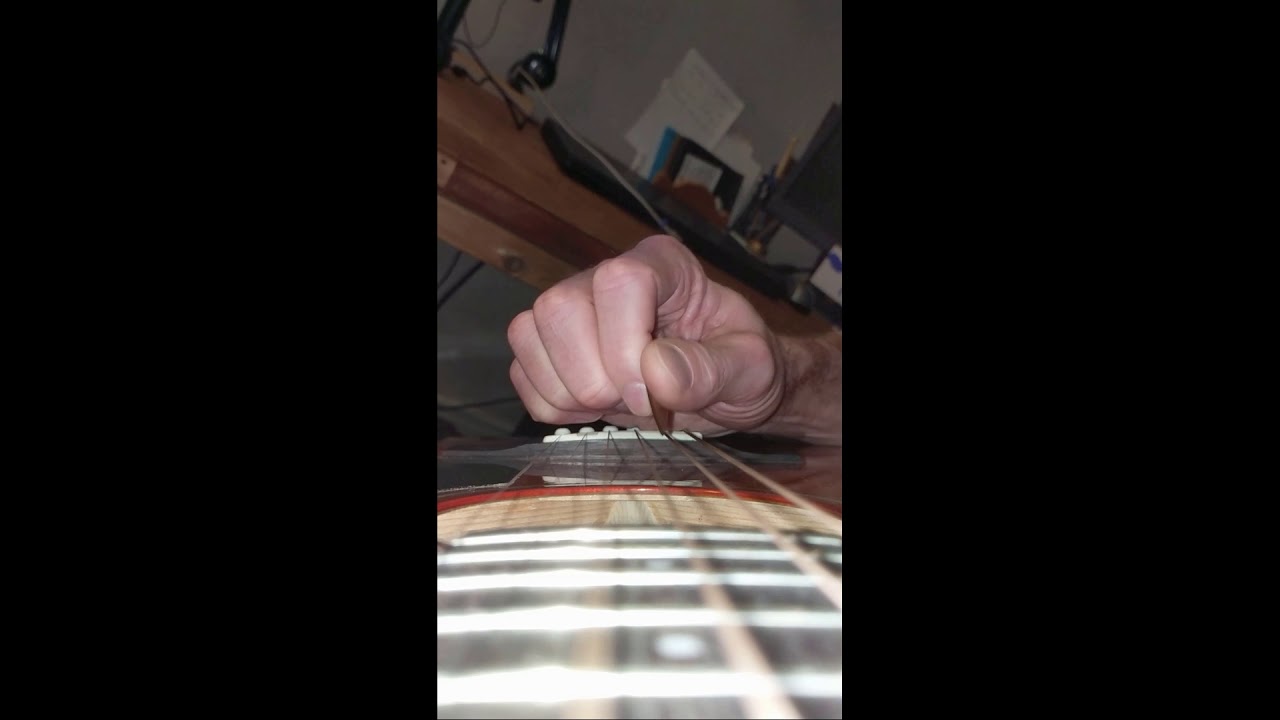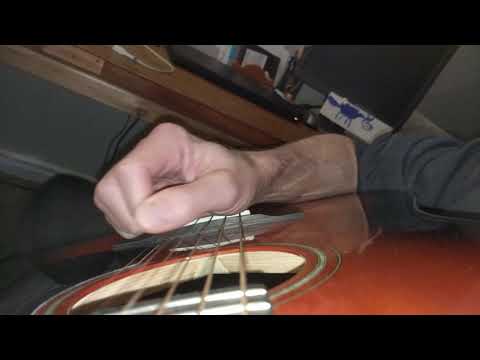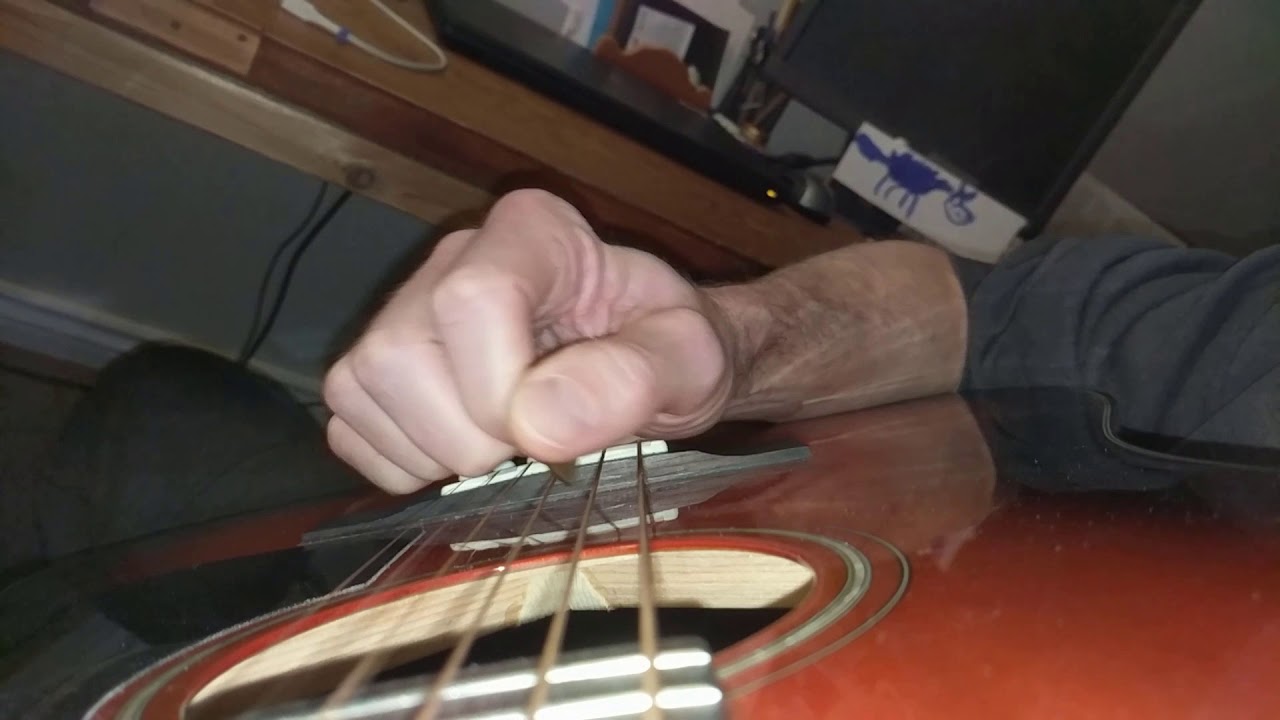Alright, couple things here. This is a fairly typical attempt for me at playing Fisher’s Hornpipe at a speed that, let’s be honest, I’m probably reaching for a bit.
So there is some roughness there, but there are days when the crosspicking just ‘works’ and I can hit everything without really trying. I’m imagining that’s a feeling I should be aiming to recapture and reproduce as much as possible since it’s a probable indicator of a ‘correct’ approach technique wise.
I do often have issues where a 1x upstroke or downstroke will miss entirely or come to rest against but not actually sound the string I’m trying to sound, usually it’s a downward motion and often it’s the G or B strings. You can see it happen a few times in the video.
Nothing in the playing stands out as being grotesquely ‘wrong’ to my eyes per se, but I’m wondering if it’s just a muscle memory thing that needs more work, since likely at speed the spatial awareness isn’t dialed in just right and the aim goes sideways for a bit?
Anyway, would love some feedback!
Edit - Also I often find it easier to play descending (scale) runs than ascending, which would suggest I’m maybe prone to DWX playing more often than not. I find I engage a more elbow driven motion on occasion, especially for stuff that’s all on a single string like the run at around the 20s mark. There’s probably a bit of crosspicking in there (at least I hope there is!) so a few more pairs of eyes on it would be appreciated.
Cheers

